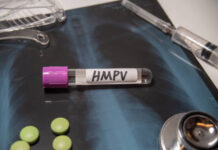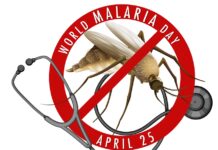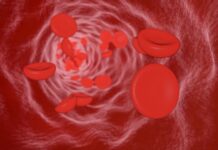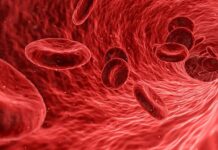Pancreatic cancer remains one of the deadliest forms of cancer, with a grim five-year survival rate of only 13%. This high mortality rate stems largely from the lack of effective treatment options. Among the various forms, pancreatic ductal adenocarcinoma (PDAC) stands out as the most common and the most difficult to treat due to its complex tumor environment.
A Tumor Made Mostly of Non-Cancer Cells
“Pancreatic tumors are predominantly composed of non-cancer cells. In some cases, only 10% of the tumor consists of malignant cells,” explained Costas Lyssiotis, Maisel Endowed Professor of Oncology and co-director of the Rogel and Blondy Center for Pancreatic Cancer. Despite having limited access to blood-derived nutrients—thanks to poorly functioning blood vessels—cancer cells continue to thrive. They do this by activating alternative survival strategies, such as recycling pathways, nutrient transporters, and immune evasion mechanisms.
Lysosomes: A Key Player in Tumor Survival
Lysosomes, which break down and recycle damaged cellular components, play a crucial role in helping malignant cells adapt and survive. “Although lysosomes are an appealing target, no existing drugs effectively attack them in pancreatic cancer,” said Lyssiotis.
Targeting PIKfyve: A New Opportunity
In a recent study published in Nature, University of Michigan researchers explored a promising new target: PIKfyve, an enzyme involved in lysosomal function. PIKfyve inhibitors have shown success in clinical trials for blood cancers, but their effects on pancreatic cancer remained unclear.
Graduate student and lead author Caleb Cheng noted, “We didn’t know whether PIKfyve inhibitors would reduce tumor growth in pancreatic cancer or how exactly they worked.”
Promising Results in Preclinical Models
To find out, the team used genetically engineered mouse models. They discovered that mice lacking PIKfyve developed significantly fewer tumors compared to those with normal PIKfyve expression. Moreover, mice treated with the inhibitors apilimod and ESK981 exhibited reduced tumor growth over a 10-week period.
As reported by Medical Xpress, the researchers then used human cell lines to pinpoint the genetic pathways affected by PIKfyve inhibition. “We found that lysosomes rely on PIKfyve to recycle fats,” Cheng explained. “When we blocked PIKfyve, the cancer cells had to synthesize their own fats, activating related genes in the process.”
Uncovering the Role of KRAS-MAPK
This metabolic shift revealed another critical pathway—KRAS-MAPK. The tumor cells relied on this signaling pathway to produce fats when deprived of lysosomal recycling. “KRAS is the master regulator of pancreatic cancer,” Lyssiotis emphasized. “Although KRAS inhibitors are now in clinical trials, tumors eventually develop resistance.”
Combination Therapy Offers a Breakthrough
The researchers discovered that combining PIKfyve inhibitors with KRAS-MAPK inhibitors produced remarkable results. In advanced preclinical models, this dual approach completely eliminated tumors in mice.
“We conclusively demonstrated how essential PIKfyve is in KRAS-driven pancreatic cancer,” said Yuanyuan Qiao, research assistant professor of translational pathology and co-author of the study.
A New Hope for Treatment
Arul Chinnaiyan, S.P. Hicks Endowed Professor of Pathology and Urology, highlighted the significance of the findings: “The most exciting aspect is our ability to rewire lipid metabolism and dramatically boost the effectiveness of existing KRAS-MAPK inhibitors.”
Looking Ahead: Enlisting the Immune System
The research team is now working on strategies to eradicate any remaining tumor cells. “These cancer cells are masters at creating backup survival pathways,” Lyssiotis noted. “We’ve tried to shut all of them down, and now we believe that recruiting the immune system will be the final step to complete tumor elimination.”























